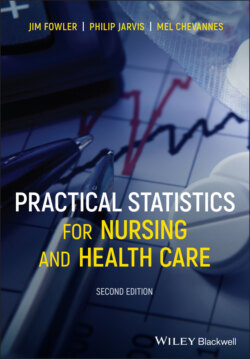Читать книгу Practical Statistics for Nursing and Health Care - Jim Fowler - Страница 15
2.4 Sampling Strategy
ОглавлениеAs we said above, it is not always possible or practicable to sample every single individual or unit in a particular population either due to its size, or constraints on available resources (for example, cost, time, manpower). The solution is to take a sample from the population of interest and use the sample information to make inferences about the population.
A common, but misguided, approach to sampling is to first decide what data to collect, then undertake the survey, and finally, decide what analyses should be done. However, without initial thought being given to the aims of the survey, the information or data may not be appropriate (e.g. wrong data collected, or data collected on wrong subjects, or insufficient data collected). As a result, the desired analysis may not be possible or effective.
The key to good sampling is to:
1 Formulate the aims of the study.
2 Decide what analysis is required to satisfy these aims.
3 Decide what data are required to facilitate the analysis.
4 Collect the data required by the survey.
The crucial point relates to the sequence. For example, if the aim of a study is to identify the effectiveness of asthmatic care within a single GP practice, suitable measures of effectiveness need to be defined. One measure could be based on the number of acute asthma exacerbations (deteriorations) in the preceding 12 months, and this number could be compared with that for the previous 12 months. Other measures might assess the number of patients who have had their inhaler technique checked or are using peak flow meters at home. Most of this information can be obtained from practice records, although crosschecking with hospital records may be required to validate the assessment based on acute exacerbations.
